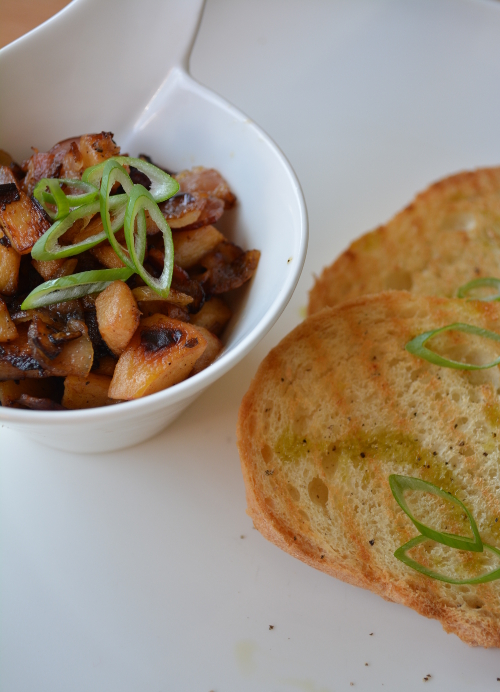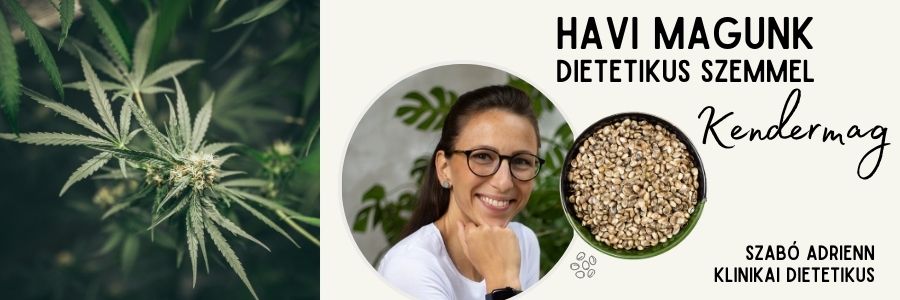
If someone actively follows Grapoila’s professional content, they know that oily seeds are excellent sources of micro and macronutrients. This is why we are passionate about them, not just for the taste. It would be challenging to highlight a single vitamin or mineral for any seed.
Oily seeds – eat them in a variety of ways!
This is not only because there is no element that stands out numerically, but also because if we were to emphasize, for example, that hemp seeds are an excellent source of magnesium, it might imply that they are superior to their counterparts. However, the key to healthy eating, supporting health, preventing diseases, and striving for sustainable nutrition is to consume a diverse range of foods, incorporating multiple small meals.
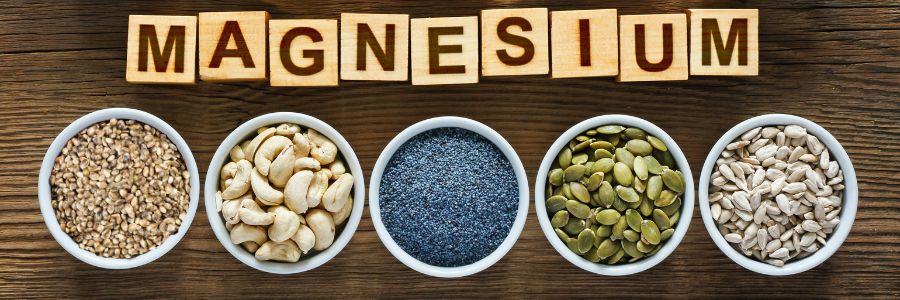
Nevertheless, it is true that hemp seeds are an outstanding source of magnesium (700 mg/100 g, which is 200% of the daily requirement). However, pumpkin seeds may excel in one aspect, and poppy seeds in another, and so on.
Of course, it also matters why we prefer one over the other. There is no need to force hemp seeds into oatmeal, hemp seed oil into salad dressing, or hemp seed butter onto the dinner sandwich. However, it is worth trying some of them because hemp seeds are also part of conscious nutrition.
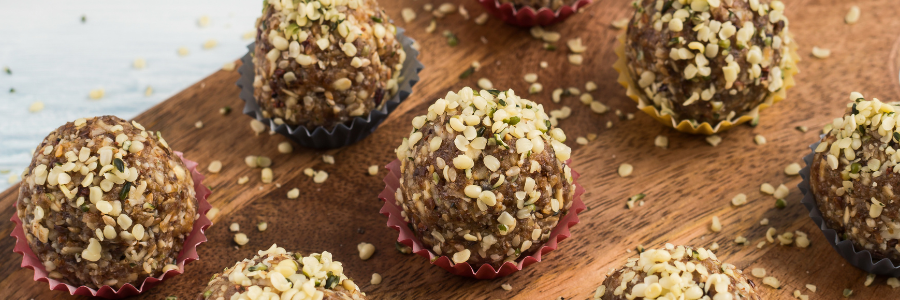
After the holistic seed overview, we can now focus on hemp seeds.
About the hemp seed
Macronutrients include carbohydrates, protein and fats. Hempseed has outstanding properties in these areas.
Hulled hemp seeds become truly enjoyable, but their fiber content significantly decreases to 3-4 g/100 g from 30%. Simultaneously, their carbohydrate content approaches zero (2-2.5 g/100 g). This carbohydrate quantity is reflected in hemp seed butter as well. How should we view this? No, carbohydrates don’t cause weight gain; 1 g of carbohydrate has the same energy content as 1 g of protein. Hemp seeds can be a great food for those dealing with sugar metabolism issues who cannot abandon carbohydrate counting. With this quantity, there’s no need to count, and besides, the high protein and fatty acid content of hemp seeds and the butter made from them contribute to slowing down the carbohydrate absorption of foods consumed with them, such as oatmeal or bread with hemp seed butter.
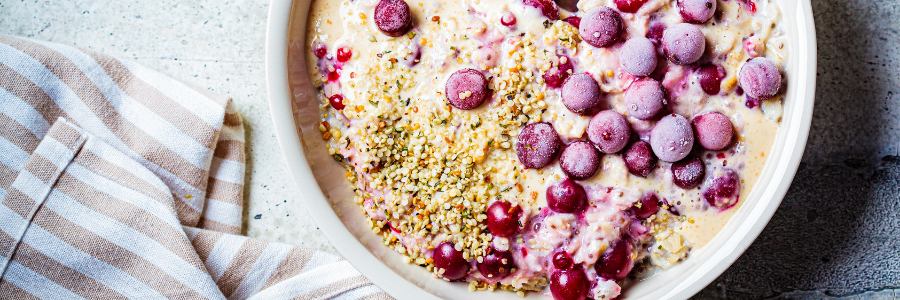
The protein content of hemp seeds
Hemp seeds (~30 g/100 g) and hemp seed butter (~20-22 g/100 g) also have high protein content. Consider that chicken breast has a protein content of ~22 g/100 g, and although we consume them in different quantities, the similarity is striking. While some less valid, clickbait websites sing praises of hemp seeds, to stay professionally correct, we must mention that although hemp seeds contain all essential amino acids that make up proteins, there are some that are either missing or limited in quantity. It is low in lysine (one of the essential amino acids), so it’s beneficial to consume hemp seeds with lysine-rich plant protein sources, such as legumes, for completeness: for example, in the form of hemp seed butter and white bean paste. However, it’s good to know that even if not all elements are on one plate every time, the body can achieve balance through delayed completion. So, if you prepare chickpea curry for lunch and hemp seed butter goes under the zakuska for dinner, the balance will still be perfect.
The fat content
It holds true for all oily seeds that they are rich in unsaturated fatty acids. What makes hemp seeds, and consequently hemp seed oil, special is that the essential* fatty acids present in them are in the same proportion as recommended in overall dietary guidelines. The ratio of essential unsaturated fatty acids, omega-3 (alpha-linolenic acid (ALA)) and omega-6 (linoleic acid (LA)), is precisely 1:3. However, there is no need to immediately switch to a fat-free lifestyle and exclusively consume hemp seed oil, as this is not the only path to health. The reality is more exciting and complex because scientific results can sometimes be contradictory regarding the ratios. However, it is certain that ALA intake is easily achievable (with various oily seeds, vegetable oils), and everyone should focus on omega-3 intake. This can be primarily sourced from walnuts, walnut oil, and is excellently provided by the star of the month, hemp seed oil!

Micronutrients include vitamins and other micronutrients
Vitamin E
We start with this micronutrient after discussing fatty acids because, on one hand, vitamin E is one of the most commonly taken “women’s” vitamins in artificial form for skin beauty, and on the other hand, it naturally acts as an antioxidant to protect unsaturated fatty acids. The abundant vitamin E content (90 mg/100 g – so just one larger tablespoon covers the daily requirement) protects the unsaturated fatty acids in hemp seeds, allowing them to fulfill their positive properties in our bodies without oxidizing.
Micronutrients
Hemp seeds are also a source of many vital micronutrients: zinc, magnesium, potassium, calcium, sulfur, iron, phosphorus. That’s why, as a dietitian, if I had a recipe book, I would prescribe domestic oily seeds: consume 2 tablespoons of plain, unsalted oily seeds daily, with pleasure and plenty of fluids.
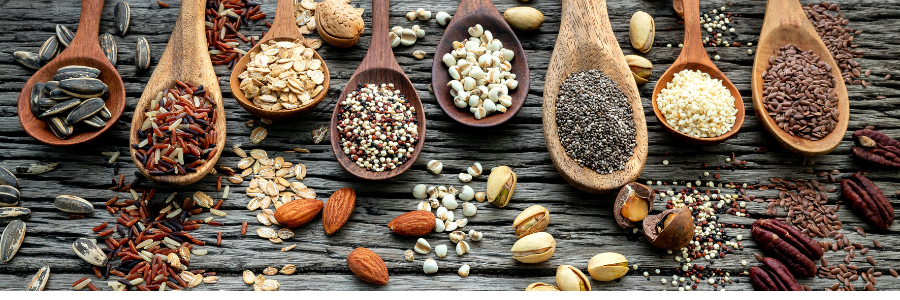
In summary, it can be said about hemp seeds (and the cold-pressed hemp seed oil or hemp seed cream sold as a cream settling at the bottom of the oil), that they contain so many different micronutrients (vitamins, minerals, trace elements, antioxidants, polyphenolic and other bioactive compounds) that research is increasingly focusing on individual active ingredients and the whole seed, as well as products made from it.
Without claiming completeness, we list diseases in which hemp seeds may have a positive role in healing and especially in prevention. This does not mean that hemp seeds are a cure. Hemp seeds, their oil, and cream are food, nothing else. Consume them with pleasure, diversely. The strength of nutrition lies in its complexity, not in individual isolated active ingredients. Of course, if someone is motivated to eat a varied diet for their health, we happily describe the health benefits, some of which are in vitro (anti-inflammatory, immune system support, neuroprotective, blood pressure-lowering, cholesterol-regulating), and some are in vivo (atopic dermatitis), which seems to gain evidence.
What everyone is interested in: whether hemp seeds are involved or not, Grapoila products have nothing to do with the plant’s psychedelic part; hemp seeds can be safely consumed in all forms.
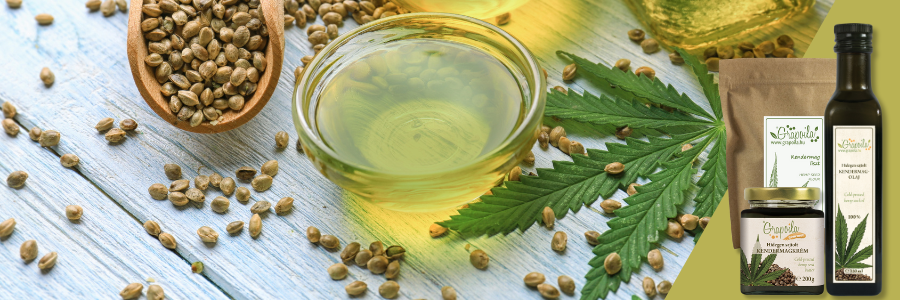
Finally, my favorite: morning oatmeal cooked in water, with plain yogurt, and enhanced with hemp seed cream.
Yes, breakfast. You can have breakfast; no, it’s not mandatory, but I consider it a fantastic opportunity. Well, not just me; the scientific scene as well! Even intermittent fasting (IF) performs better in scientific studies when someone doesn’t skip breakfast but brings dinner forward and enters the fasting window that way.
And yes, with yogurt. Dietary recommendations state that approximately half of the fats consumed in a day should be of plant origin, and the other half can be of animal origin. Mixing the animal fat content of normal (not necessarily the 10% fat, cream-enriched Greek) yogurt with hemp seed vegetable oil creates the perfect balance, diversity, and the “Holy Grail” of gut flora support.
I wish everyone a peaceful and hearty appetite!
The KENDERES PODCAST is now available on our YouTube channel! Tune in!
*Essential: Necessary and obligatory to provide through nutrition for the body, as the body cannot produce it on its own.

